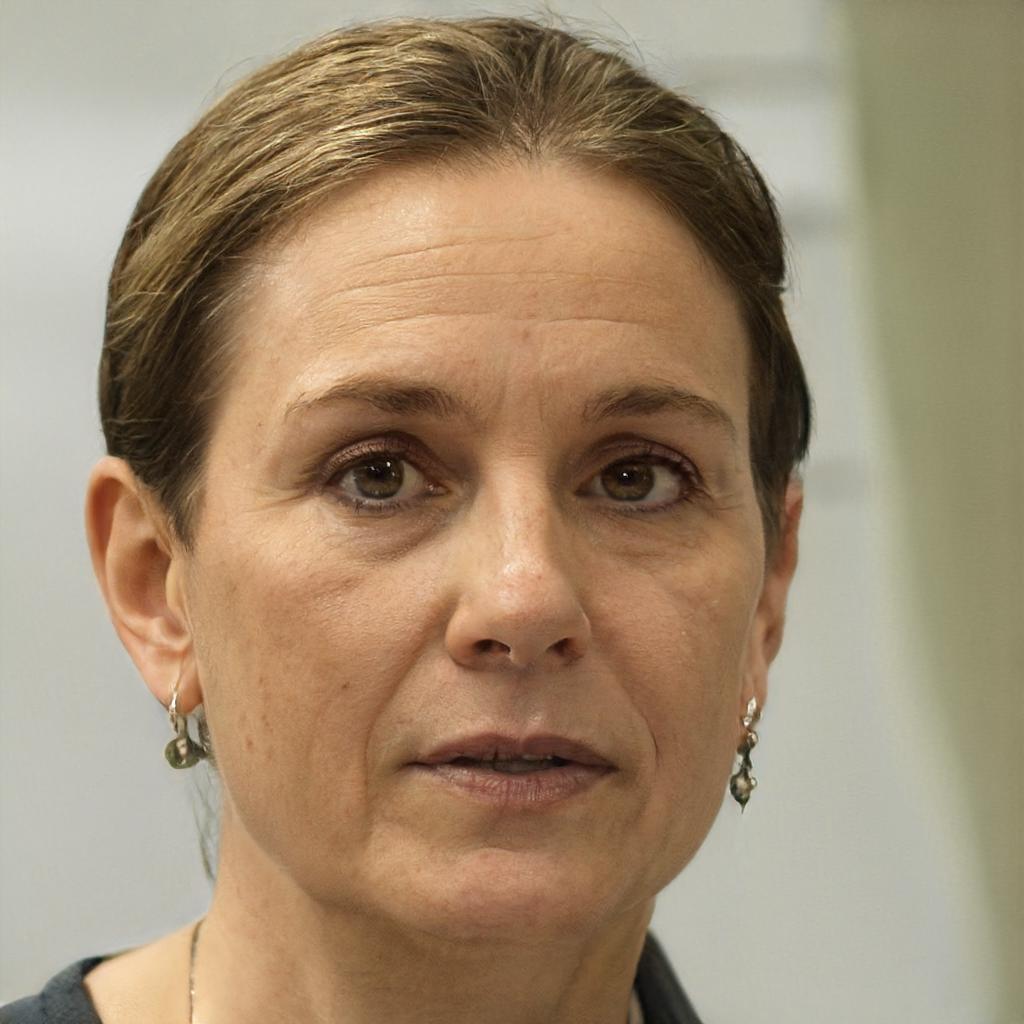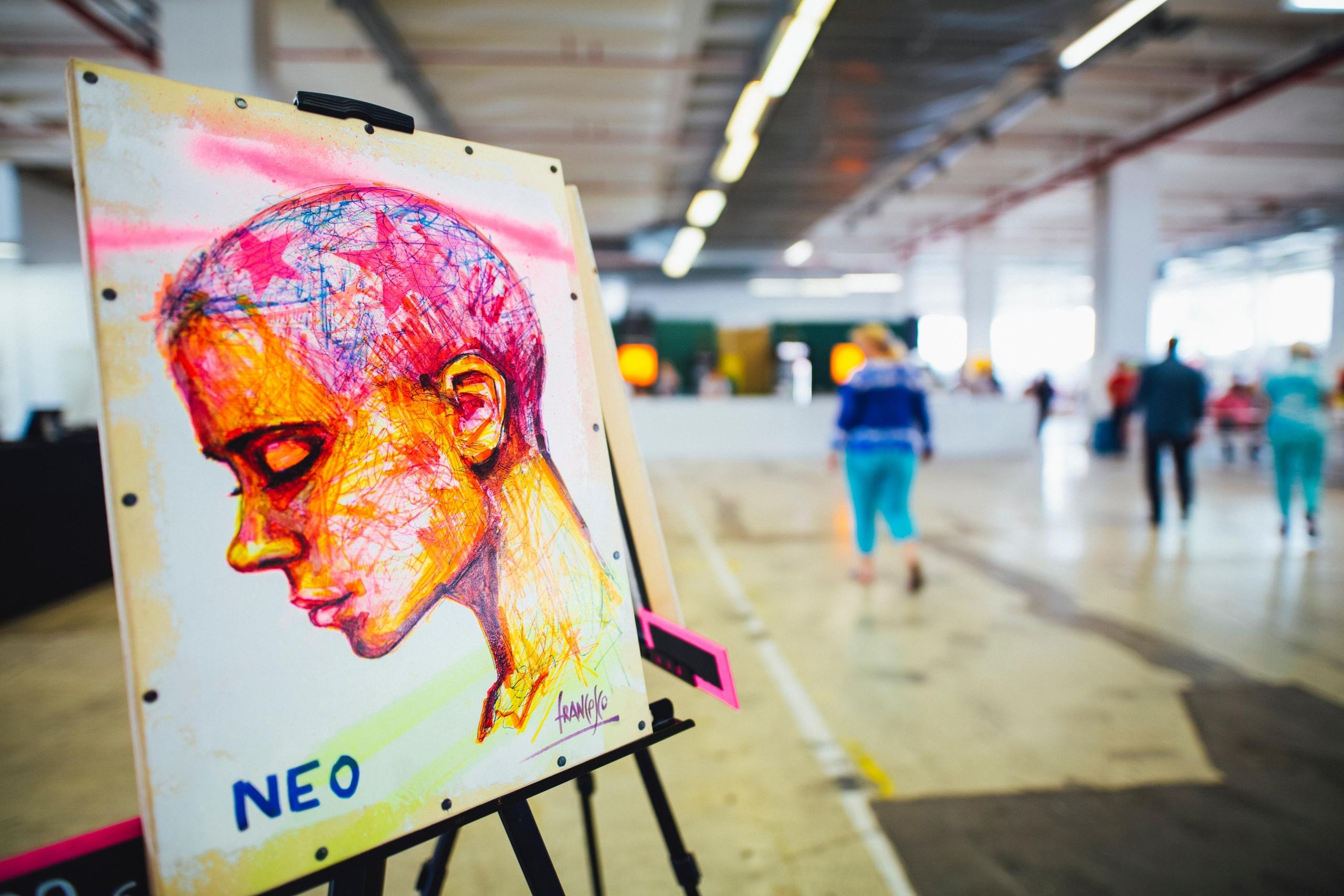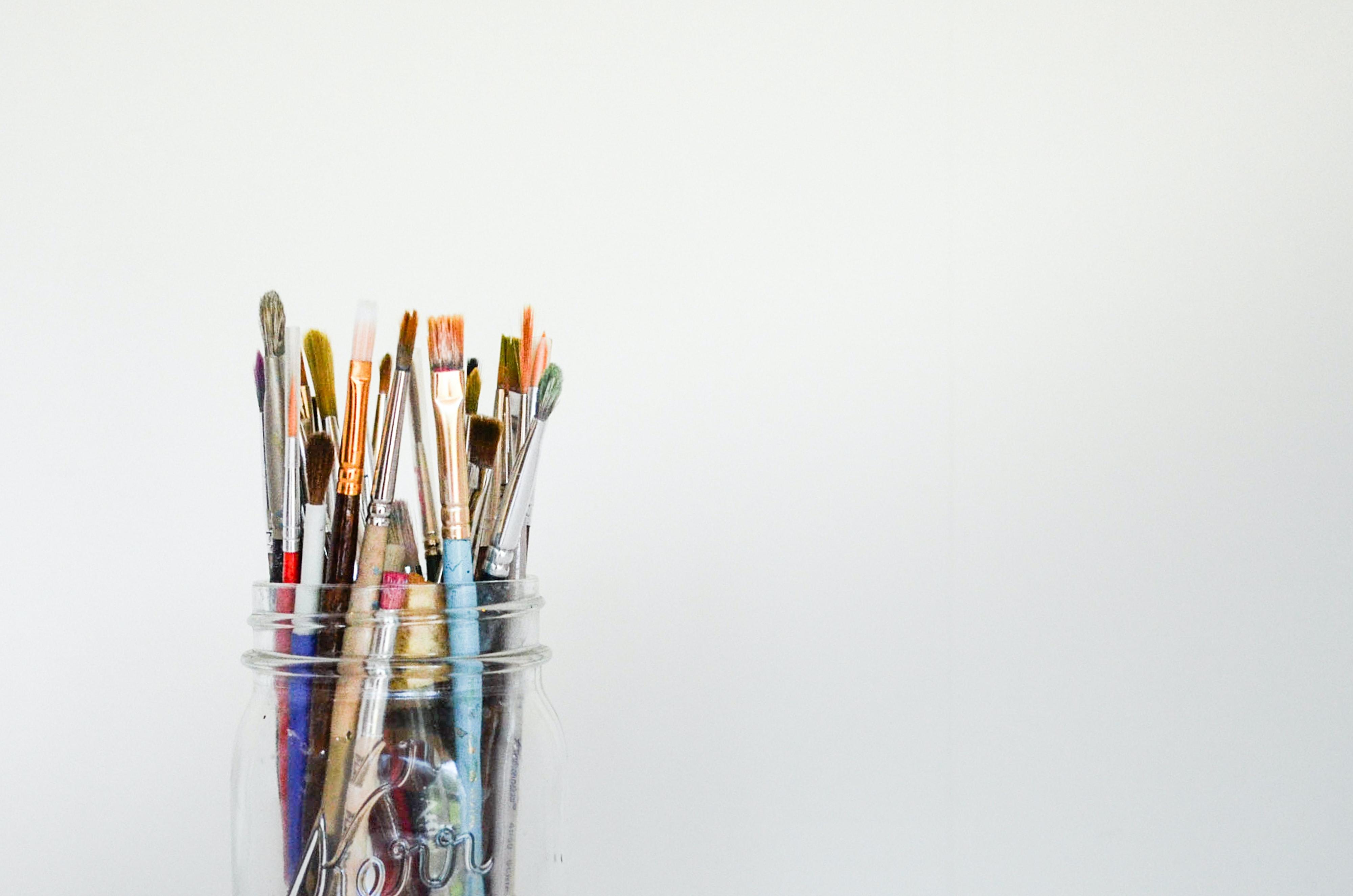‘Scientists have tracked the movements of an art historian’s eyes: the results show how they scan, fixate and linger on particular points of the canvas reveals their skill and is entirely different to someone with an untrained eye’ – Dr Daniel Glaser
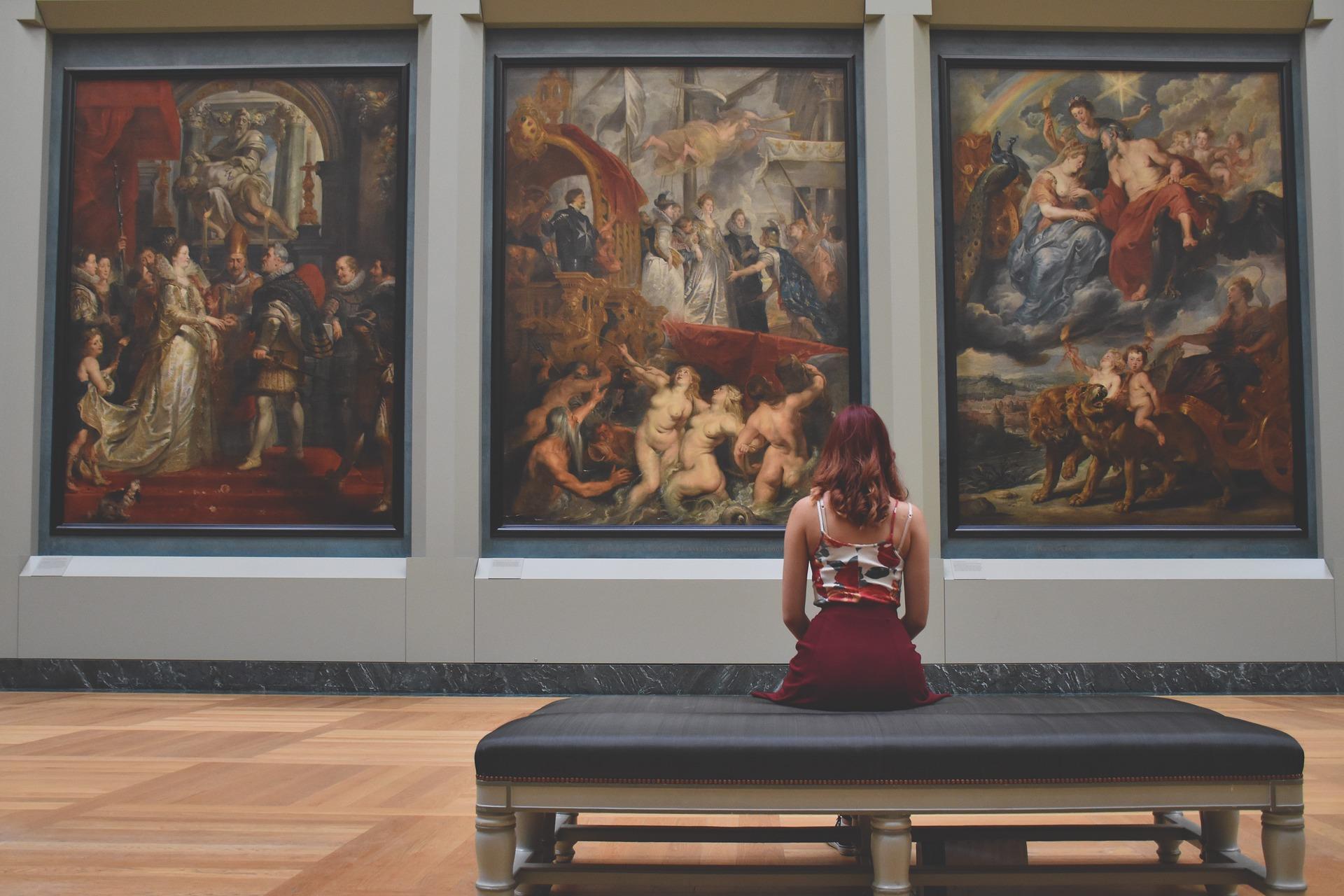
We may not all speak the same language, but art is a universal vocabulary that has transcended time, history, and culture. It unites us. It is something we can all understand. It is a gift passed down from our ancestors since the dawn of time. To understand art is to understand humanity. Art is a window into the past and present. NCEA Art History in particular teaches you how to interpret and write about different cultures and historical periods. Over and above that, you develop the skills for the visual analysis of art, architecture, photography, and design, instilling critical skills and refined focusing capabilities that even neuroscientists agree are rare. Specialising in both visual analysis and written communication are two capacities that will be highly sought after in any degree or career you choose to go into.
Whether you want to continue to pursue art history, or are chasing your dreams of becoming an artist, lawyer, academic, architect, journalist, designer, preservation scientist, consultant, auctioneer, or working in marketing, media, finance, or medicine, tourism, and business management - NCEA Art History is a phenomenal place to start. Good choice.
Let’s go through the Unit Standards, as well as what to expect in exams, the best way to study, and how to succeed.

NCEA Art History Level 1
For your internal achievement standards, the key for those sweet Achieved with Excellence grades is to provide an in-depth understanding and comprehensive explanation, backing up all your arguments with relevant evidence from the artworks. That means discussing how the ideas you are explaining are shown in your artwork. Keeping this in mind, try to be as thorough as possible in all of your answers. Artworks can include paintings, drawings, sculptures, architecture, prints, collages, film, animation, photography, whakaairo, kowhaiwhai, tukutuku, tapa cloth
AS91016 in particular asks you to demonstrate in-depth understanding of the subject matter – such as ideas, narrative, the topic of the content, people illustrated in portraits, or the building functionality. AS91017 examines your understanding of the relationship between contexts and artworks. Contexts here generally refer to the environment or circumstances in which the artist was in that directly or indirectly influenced their work, such as the societal, historical, cultural, geographical, environmental, economic, political, religious, or philosophical context. AS91018 requires you to showcase your knowledge of media and methods used to produce artworks. Media here refers to what was used to produce the artworks, such as oil, watercolour, acrylic, ink, wood, video, or digital imagery. Methods refer to the process of creating the works, such as applying paint, carving, screen printing, animation or whakaairo.
For highlighting your understanding of developments (such as growth, change, and evolution in the work of an artist over time) in AS91019, you can discuss adaptations in areas such as style, subject matter, ideas, media, and/or methods. Finally, for AS91020, you get to discuss why certain objects are considered art. Excellence is scored by using convincing reasons for why or why not these objects are considered art, employing plenty of evidence from the works at hand. Your job is to really show the marker why the case you are arguing is right.
For further details on these, as well as additional internals you may do, check out this link.

NCEA Art History Level 2
Level 2 takes it up a step, but we are here to make like a rapper and br-br-break it down with you. For AS91183, you are tasked with examining how media are used to create effects in artworks. One way to aim for excellence is through a perceptive examination here. What does that mean? Markers are sussing out your ability to really explore how and why media (the materials, mediums, or processes harnessed to produce the artwork) are used to create certain effects. Tell us exactly where and how these effects are illustrated in the artworks. Some media can include watercolour, acrylic, digital imagery, performance, graphite, and oil. Feel free to discuss expressive and visual effects, as well as the effects of texture, movement, and scale-related effects. You can also go into effects on the viewer, what thoughts is this art likely or intended to evoke, how is it meant to make them feel? How do the media and methods cause these sensations?
For AS91184, we get into communicating our understanding of an art history topic. Employ key ideas to gain perceptive conclusions, and use evidence from the artworks to back yourself. Art history topics can include art concepts, issues, themes, art movements, artists, or a period in art history. When we get into AS91185, communicating a considered personal response to artworks, we want to hear your ideas, views, opinions, and interpretations of the artworks backed up with supporting evidence from the artworks. You may have the option to present this orally, verbally, or visually. Check with your school. Finally, for AS91186, you get to demonstrate your understanding of artworks in relation to their physical environments. We are looking for a critical examination here. This means really evaluating and considering these relationships.


NCEA Art History Level 3
Level 3, and we are getting into those final internal assessment standards. For AS91485, we are looking to perceptively examine the impact of media and processes on artworks. This means really narrowing down on evaluating the importance of the media and mediums used on the style and meaning in artworks, using plenty of relevant support from the artworks. The style here refers to characteristics of artwork such as line, colour, tone, and light that come together to form the overall feel of the artist. Meanings include messages or themes that come across in the artwork, often communicated through technical devices, formal elements, subject matter, motifs, symbols, and emblems. In AS91486, we construct a perceptive argument – that is providing a well-researched, cohesive argument - that communicates perceptive insights and draws conclusions from art history sources. This should be based on research of art history. We get into examining the different values placed on artworks in AS91487. Once again, we are aiming for a perceptive and thorough analysis that integrates plenty of evidence from the artwork to support your points. Values here can relate to the cultural, monetary, historical, political, religious, symbolic, aesthetic, or iconic value placed on the pieces or lack of value. Getting to the final two now!
For AS914488, we perform a perceptive unpacking of the relationships between theory and artworks, by really evaluating these relationships and including supporting evidence from artworks. When we examine the theory, we look at a set of principles and ideas such as Platonism, Humanism, Marxism, Utopianism, and Feminism. We look into how these theories are expressed in the art, or how the art may even influence theories. For your final internal, AS91489, you are tasked with perceptively analysing texts about art. With so many interpretive skills, you must be a pro at this by now. These texts could be oral, written, or visually recorded. Score that excellence by getting into the importance of the ideas and views of the author.

NCEA Art History Revision
When it comes to revising for your external achievement standards, it can be a bit overwhelming. But follow these tips to get into a stress-free zone. You need to sort out when you are going to study to make sure that you set aside ample time. To do this, you can check out your exam timetable in advance, and make sure you allocate ample time to study for each of your exams. For extra help on doing this, check out our NCEA Art History Study Guide. It gives you plenty of tips on how to make the best use of your time and battle procrastination for the most effective study in the coming weeks before exams. Bonus tips include finding a suitable space to study with minimal distractions, and also scheduling plenty of breaks, and healthy eating so you take care of yourself to function at your best, too!
When revising, do what works best for you. Remember, different styles of learning work better for everyone. Are you a visual learner? Would mind maps help? Are you an audio learner? The next time your little sibling rushes into your room asking if you have any games on your phone, why not explain your subject material to them? This could help solidify your understanding – they say, the best mark of really knowing your stuff is being able to explain it to someone else. Of course, summary notes and flashcards work too.
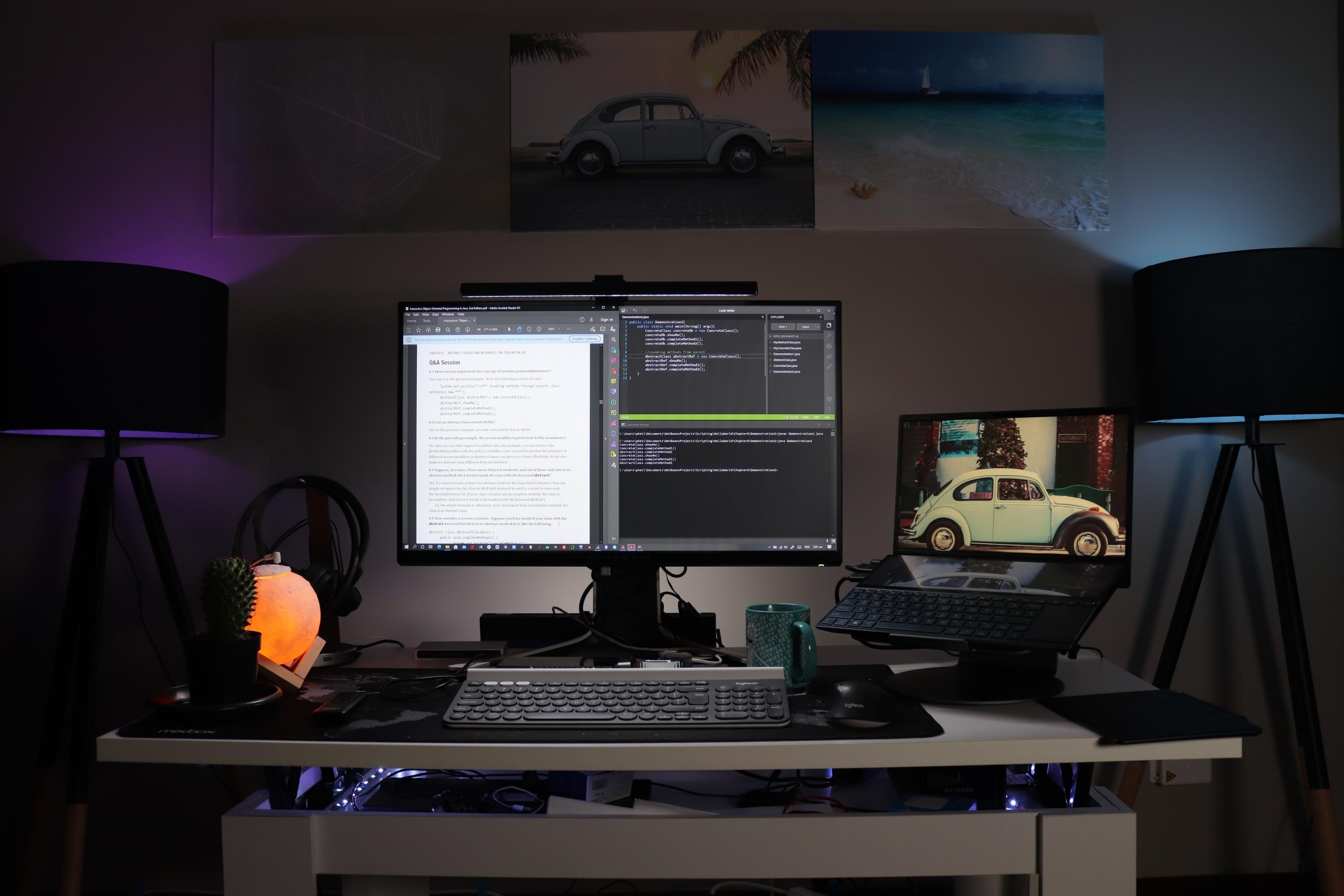
Past Exams
Possibly the biggest way in which you can prepare for your exams, especially Art History is to start jamming practice papers out once you have gotten a handle on exam content. This will be especially useful in helping you make sure you really know how to articulate your argument, integrate plenty of visual evidence, and can answer a wide range of questions. We have more resources on how to get the most out of practice papers in our article ‘NCEA Art History Past Exam Papers’. Our 'Art History Study Guide' has bonus tips and tricks on how to ace these. For what is likely to come up in your exams, check out our article ‘Art History NCEA Tips’. Finally, if you plan on sitting an Art History scholarship, head to ‘NCEA Art History Scholarship Guide’ for bonus tips and tricks.
Need a hand?
We know you have plenty of resources available, but maybe you’re still looking for some clarifications, or an expert, dedicated Art History tutor would just really help. Here at Superprof, we provide a tutoring service that can take you to the next level in your education. Your first lesson is free, so there really is no harm in giving it a go and seeing if it is for you!













